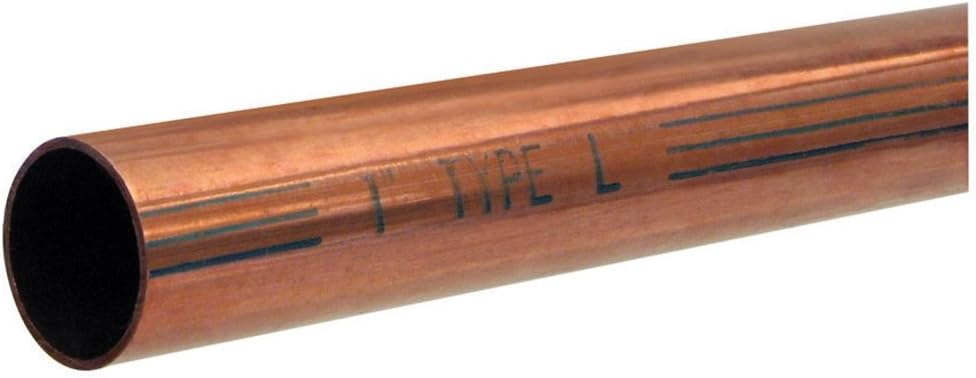About Copper Pipe
Copper pipes are categorized into three common types: Type K, Type L, and Type M. These types differ mainly in wall thickness, pressure rating, and intended usage. Here's a quick breakdown:
1. Type K (Heaviest Wall Thickness)
-
Wall Thickness: Thickest among the three.
-
Color Code: Green.
-
Common Uses: Underground water service, heavy-duty applications, and environments with high pressure.
-
Durability: Highest resistance to pressure and corrosion.
-
Cost: Most expensive due to thicker walls and more copper used.
2. Type L (Medium Wall Thickness)
-
Wall Thickness: Thinner than Type K, thicker than Type M.
-
Color Code: Blue.
-
Common Uses: Interior plumbing, potable water systems, HVAC, and fire protection.
-
Durability: Good balance between durability and cost.
-
Cost: Less than Type K, more than Type M.
3. Type M (Thinnest Wall Thickness)
-
Wall Thickness: Thinnest of the three.
-
Color Code: Red.
-
Common Uses: Residential water systems and low-pressure applications.
-
Durability: Not recommended for high-pressure or commercial use.
-
Cost: Least expensive.
About Copper Tubing For Refrigeration
Copper tubing is widely used in refrigeration systems due to its excellent thermal conductivity, corrosion resistance, and ease of forming and joining. Here's a quick rundown of the key types and considerations when selecting copper tubing for refrigeration:
Types of Copper Tubing
-
Type ACR (Air Conditioning & Refrigeration)
-
Specifically made for refrigeration and air conditioning applications.
-
Comes cleaned, dried, and capped (to keep the inside clean and moisture-free).
-
Usually sold in soft (coiled) or hard (straight) forms.
-
Sizes are measured in outside diameter (OD).
-
-
Sizing
-
OD (Outside Diameter) is standard for refrigeration: Common sizes range from 1/8" to 1 5/8" OD.
-
Be sure to match tubing size to your system specs — sizing affects capacity and efficiency.
Common Uses in Refrigeration
-
Liquid lines (carries refrigerant to the evaporator)
-
Suction lines (returns refrigerant vapor to the compressor)
-
Discharge lines (from compressor to condenser)
Brazing and Fittings
-
ACR tubing is typically brazed rather than soldered to handle high pressures and temperatures.
-
Use phosphorus-bearing brazing rods (e.g., Sil-Fos) for joining copper-to-copper.
-
For copper-to-steel, use rods with silver content.
Installation Tips
-
Avoid kinking when bending soft copper.
-
Keep tubing clean and dry internally — moisture can ruin refrigeration systems.
-
Support long runs to prevent vibration and wear.
-


